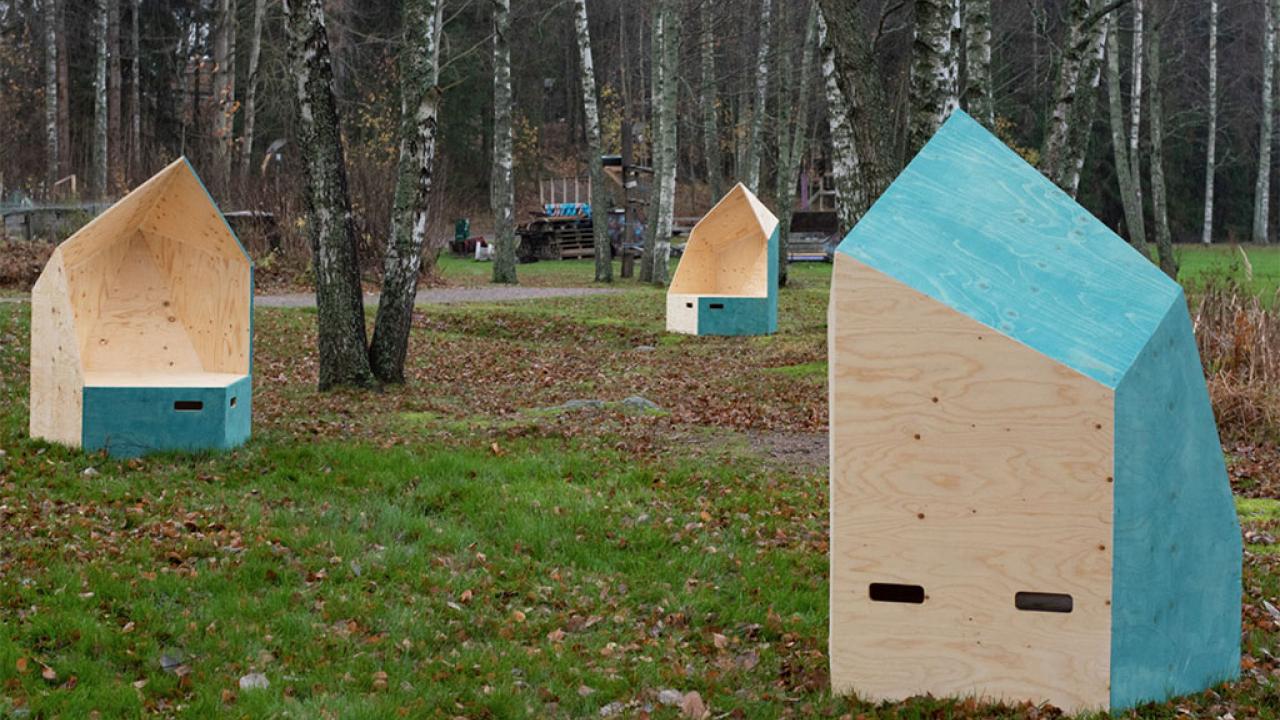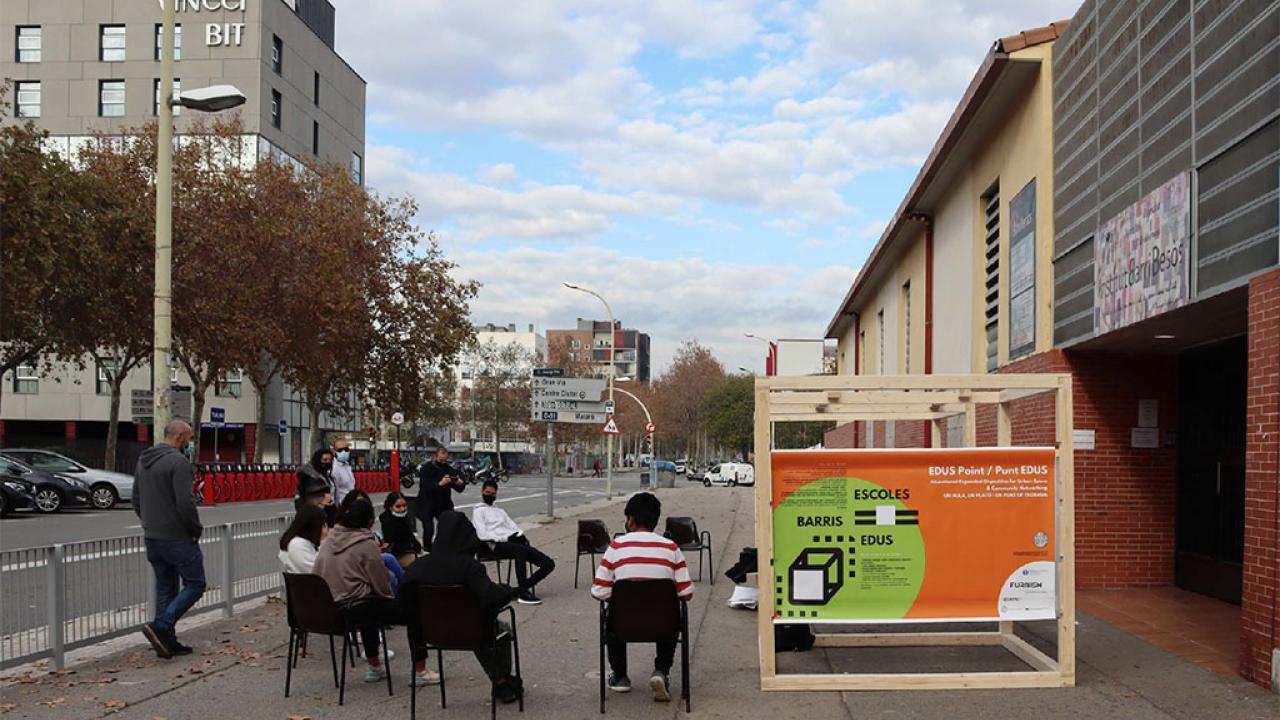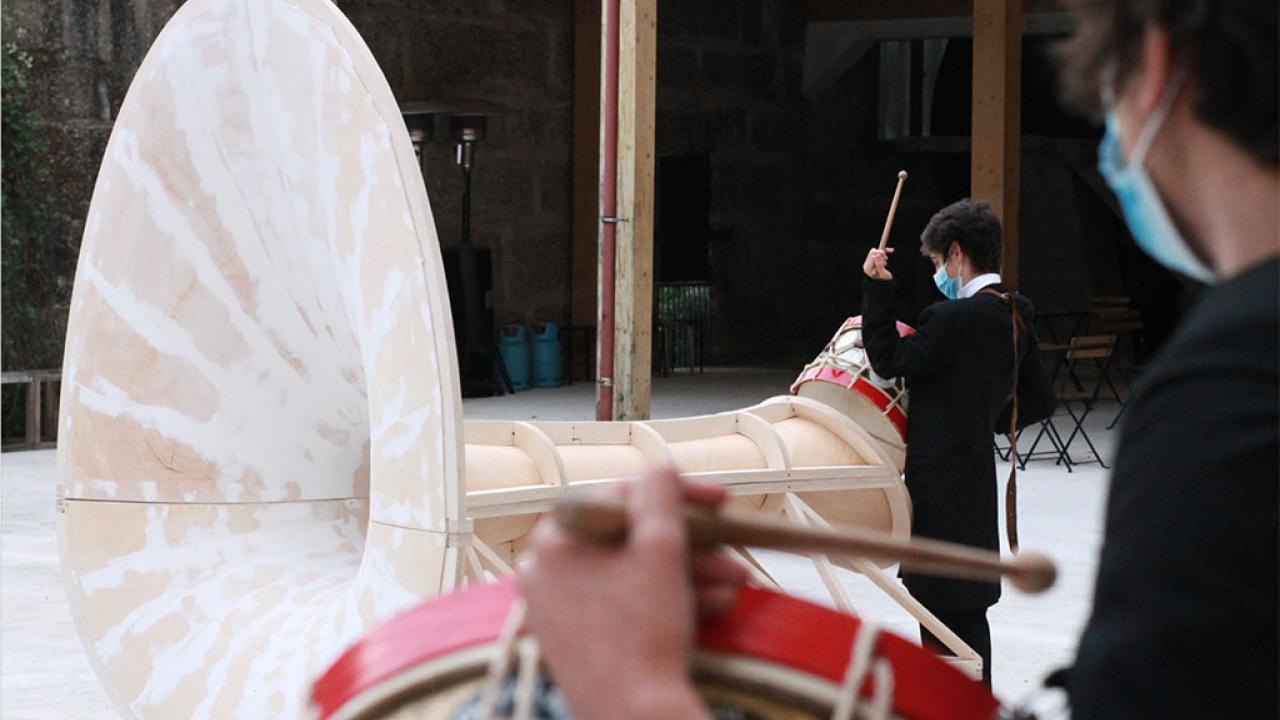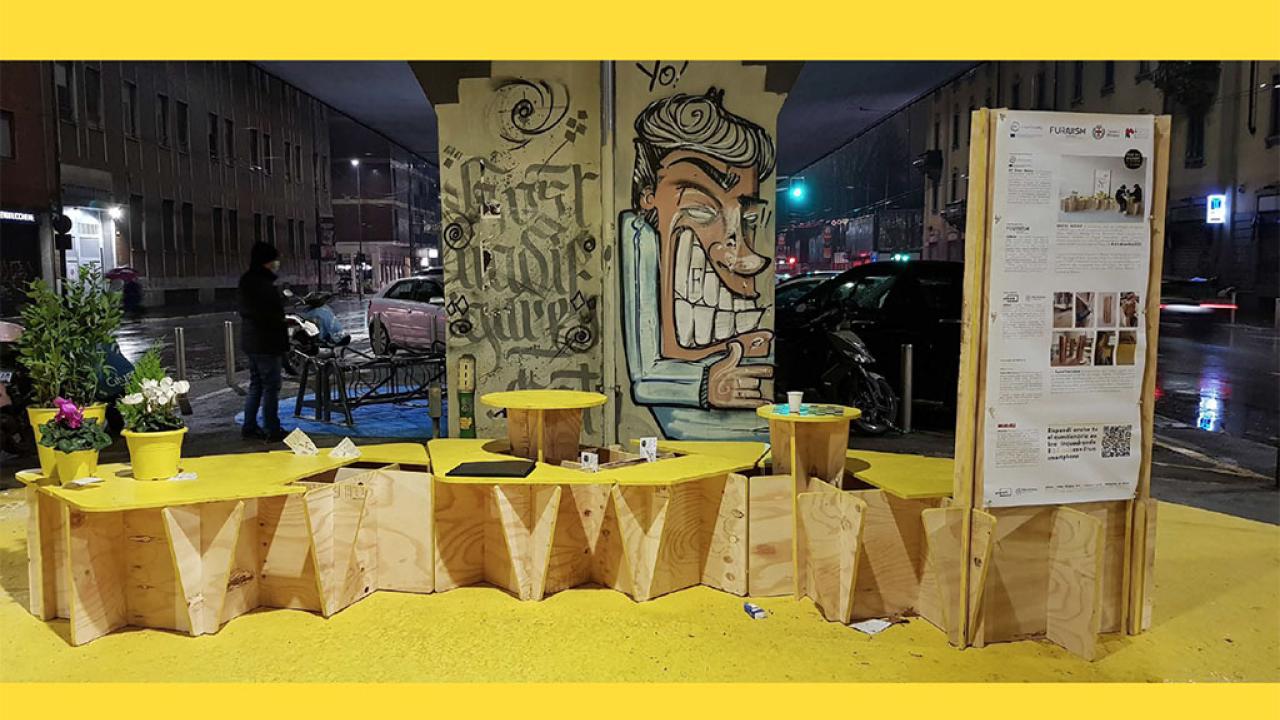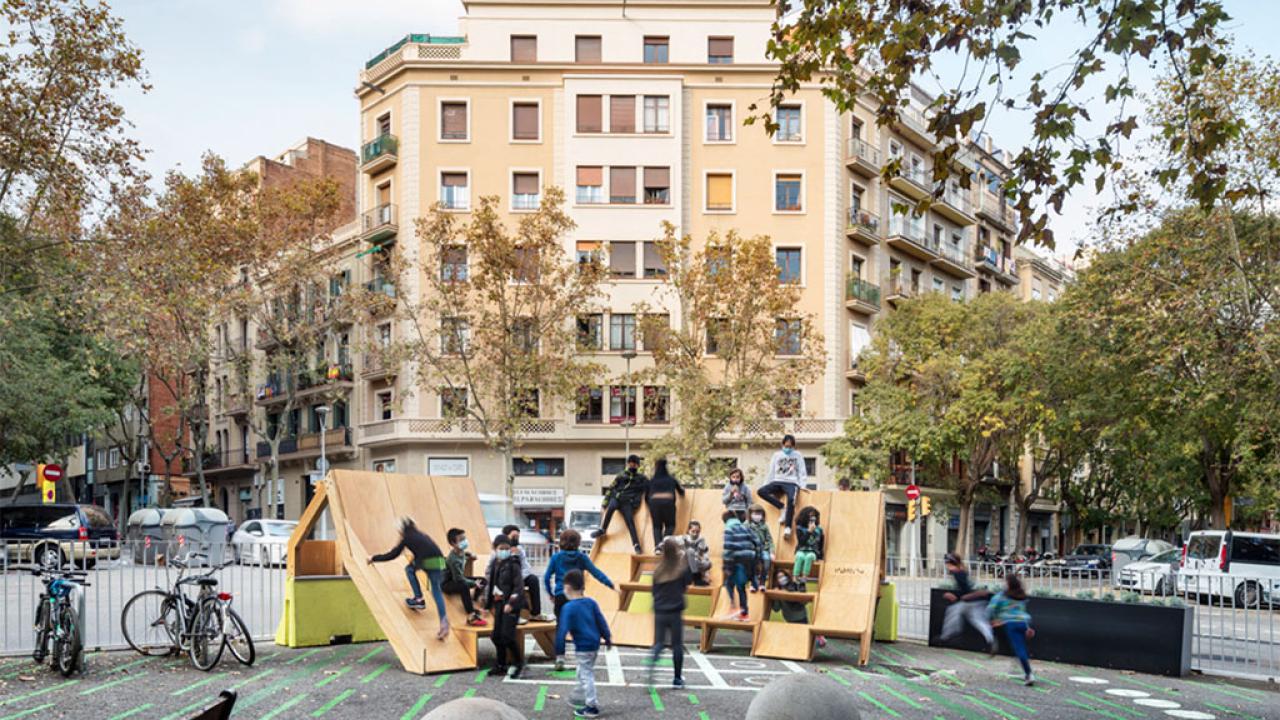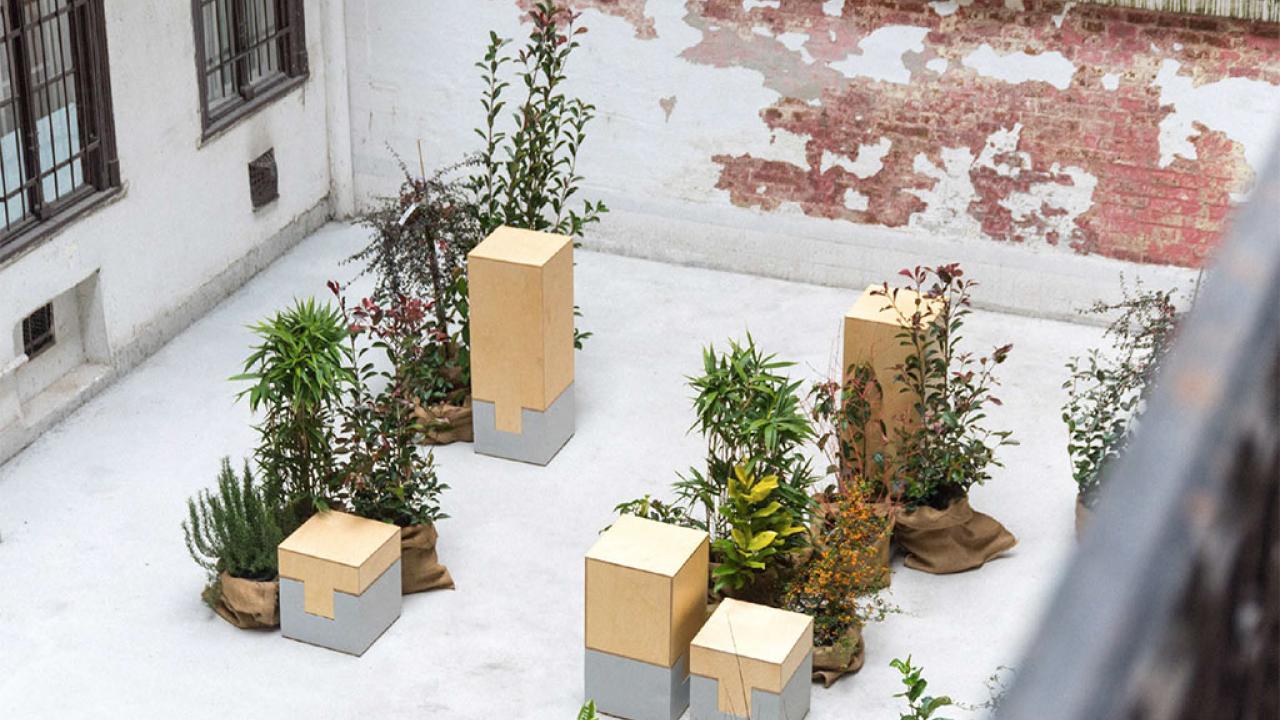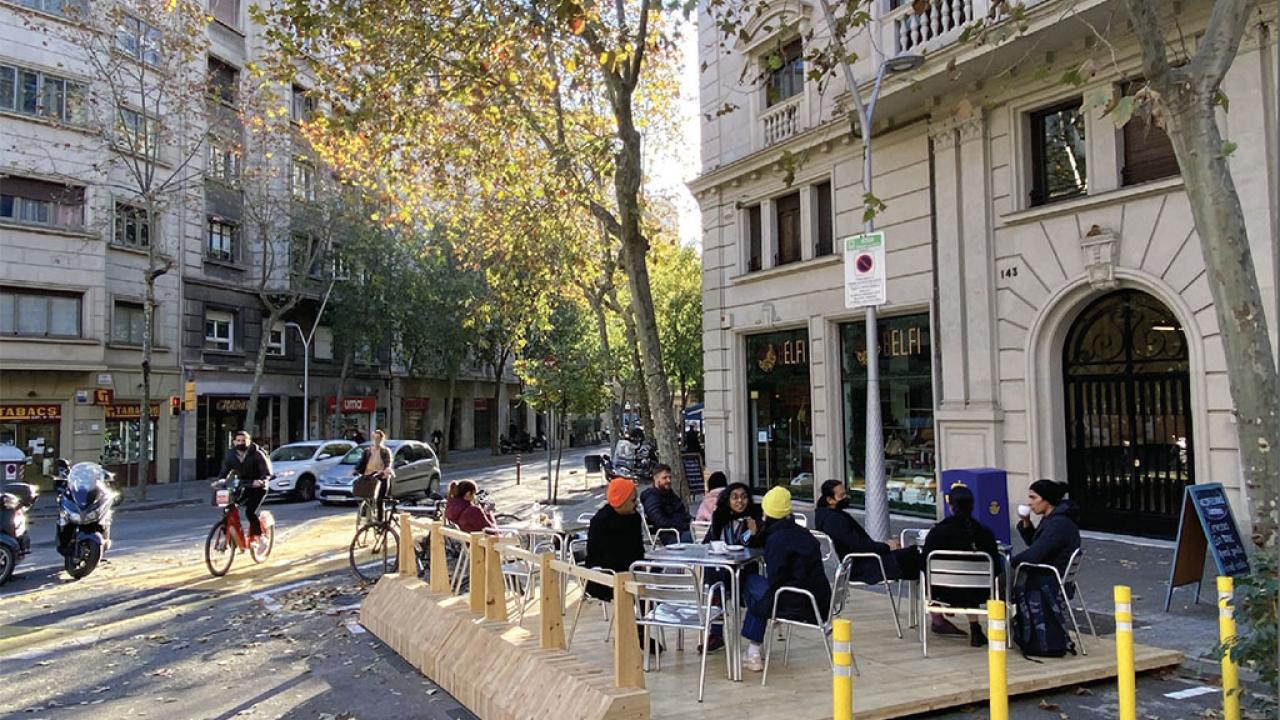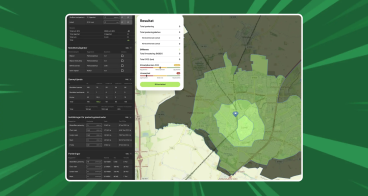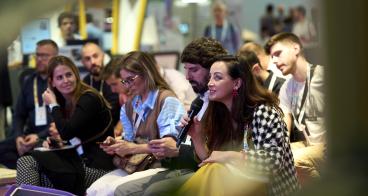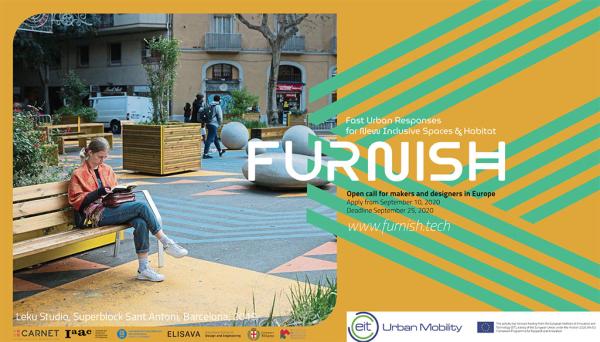
FURNISH
By enabling efficient and effective transformations of outdoor urban space, especially conversions of vehicular space for pedestrian and multi-modal use, FURNISH achieves increased accessibility, citi
Supported by: EIT Urban Mobility
Product Details
The reclamation of urban space requires new revitalisation methods.
Both COVID-19 and global climate change have emphasised the value of attractive outdoor space in cities. In particular, the reclamation of urban space from motor vehicles for pedestrian and multi-modal use requires new solutions to fill cities again with life. Yet, there is a lack of appropriate methods, products and services available for completing transformations with adequate speed, flexibility and quality at reasonable cost.
Current strategies include, at one end: informal adaptations involving temporary interventions such as pavement markings or coverings; traffic barriers; and lightweight structures like kiosks, stalls, and so forth. Referred to as tactical urbanism, the advantages are low cost, flexibility, rapid deployment and ease of unskilled citizen engagement. However, the disadvantages are lack of quality, unsustainability, and in some cases dangerous conflicts with essential urban flows or functions.
The reclamation of urban space requires new revitalisation methods.
Both COVID-19 and global climate change have emphasised the value of attractive outdoor space in cities. In particular, the reclamation of urban space from motor vehicles for pedestrian and multi-modal use requires new solutions to fill cities again with life. Yet, there is a lack of appropriate methods, products and services available for completing transformations with adequate speed, flexibility and quality at reasonable cost.
Current strategies include, at one end: informal adaptations involving temporary interventions such as pavement markings or coverings; traffic barriers; and lightweight structures like kiosks, stalls, and so forth. Referred to as tactical urbanism, the advantages are low cost, flexibility, rapid deployment and ease of unskilled citizen engagement. However, the disadvantages are lack of quality, unsustainability, and in some cases dangerous conflicts with essential urban flows or functions.
Availability
Discover cities and markets where the product is available



